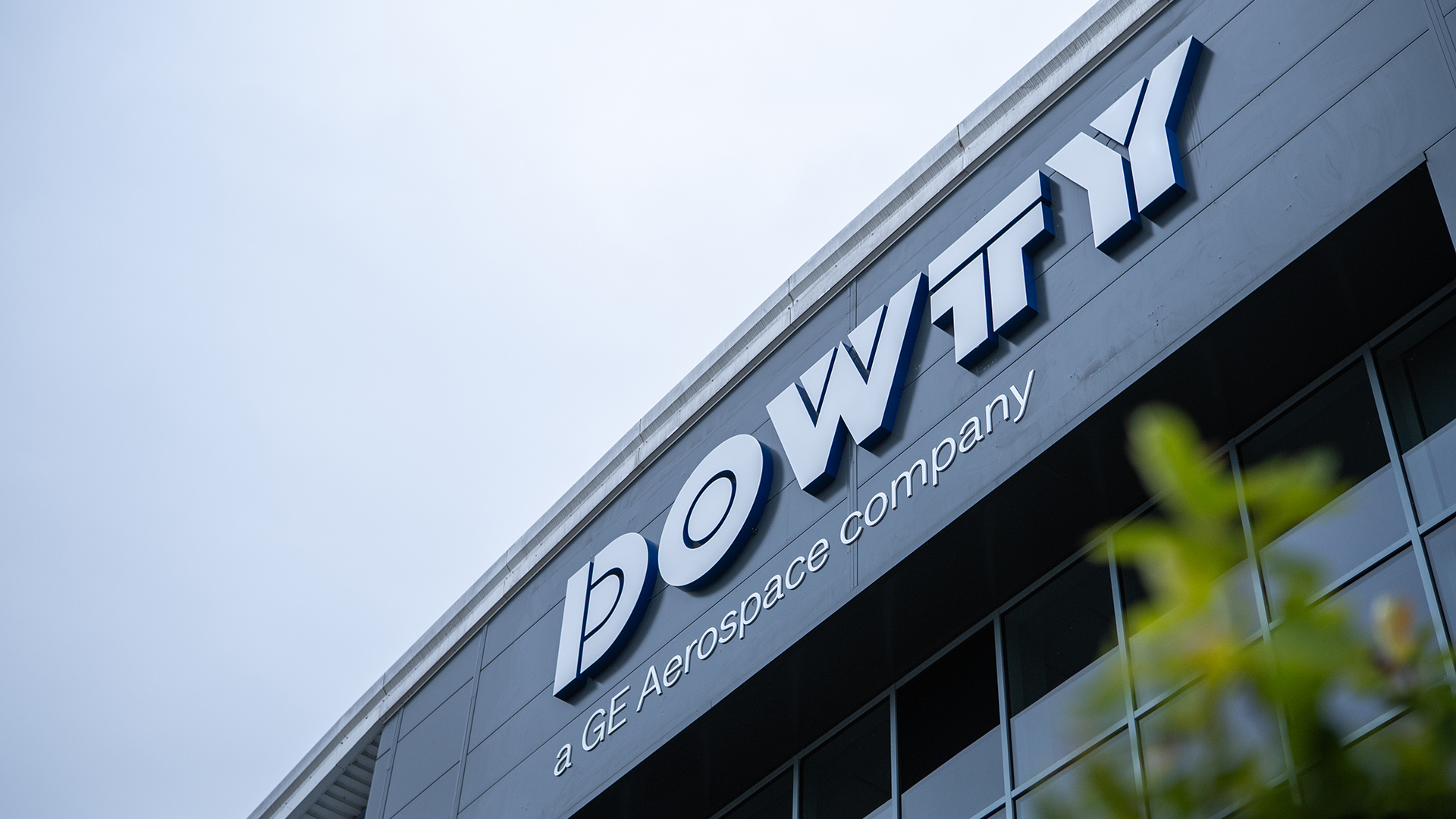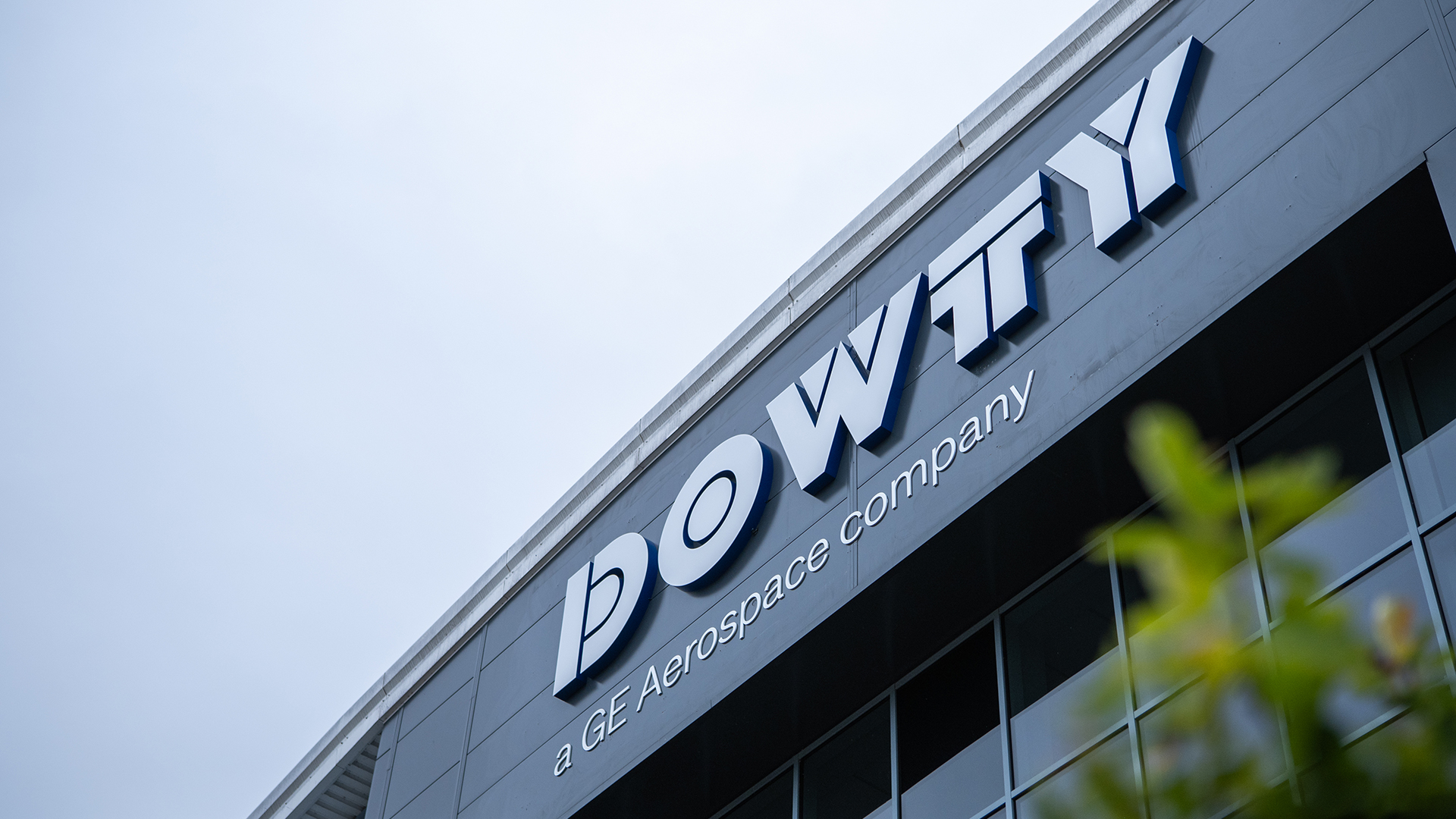From Rotol Airscrews to Dowty Propellers: 80 years of aviation propulsion excellence
December 21, 2017
From its origins as Rotol Airscrews – which was created in 1937 to pursue then-emerging aviation propulsion technologies – Dowty Propellers has maintained its industry leadership during 80 years of developing, producing and supporting propeller systems for civil and military aircraft, along with marine hovercraft.
The company’s history of firsts-to-market include the all-composite propeller blade and full-authority digital propeller controls. Today, its current production is focused on propeller systems incorporating high-integrity composite blades with advanced swept shapes and optimised airfoils, all managed by fail-safe digital electronics.
This heritage of excellence traces its roots to the growing sophistication of aircraft during the 1930s, when Rotol Airscrews pursued the manufacture of variable pitch, metal-bladed propellers. The emerging technology of that era provided the much-needed thrust for the increasing speeds of piston powered aircraft, while also enhancing rate of climb performance and reducing runway takeoff lengths.
During World War II, Rotol Airscrews was well placed to exploit the exponential improvements in aircraft performance, ultimately manufacturing more than 20,000 propellers for most of the major airplane types used by the U.K.’s Royal Air Force and Fleet Air Arm, as well as allied air forces.
After the war, it was a five-bladed Rotol propeller that took to the skies in 1947 on the world’s first turboprop-powered aircraft, a converted Gloster Meteor F.1 fighter that served as an engine testbed.
Propeller technology makes the transition to turboprops
The following year saw the Vickers Viscount turboprop airliner’s first takeoff, subsequently becoming one of the most successful passenger aircraft of its time, and a mainstay of the British airline industry from the 1950s to the early 1980s.
Rotol’s variable-pitch four-bladed propellers for the Viscount’s four Rolls-Royce Dart engines served as the fundamental design for a family of propeller products used exclusively on Dart powerplants. This ultimately equipped the Fokker F27 Friendship, Avro 748 and Armstrong Whitworth Argosy airliners, which dominated the early turboprop market and resulted in the manufacture and delivery of over 3,000 propellers.
The company’s original joint owners, the Bristol Aeroplane Company and Rolls-Royce, sold Rotol in 1958 as the first of several changes that lead to the current ownership. This positioned Dowty Propellers for the new generation of fuel efficient, quiet and environmentally-friendly turboprop aircraft that started to enter service in the 1980s.
These aircraft were made possible by a combination of second-generation turboprop engines and new-technology propellers that were lighter, more aerodynamically efficient and less complicated than their predecessors. Dowty was at the forefront of these developments, transitioning from the previous metal-bladed propellers to the current generation of all-composite bladed propellers.
All-composite blades for civil and military applications
The Swedish built Saab 340 twin-engine regional passenger aircraft was the world’s first FAR Part 25 certified airliner with all-composite blades, incorporating Dowty Propeller’s four-bladed R390 propeller system. For the follow-on Saab 2000, Dowty Propellers’ six-bladed R381 propeller system was the first to be controlled by an integrated FADEC (Full Authority Digital Engine Control).
Canada’s popular Bombardier Q400 Dash 8 airliner utilises Dowty Propellers’ six-bladed R408 propeller system, whose modular configuration is designed for low maintenance costs and eliminates mechanical linkages to cockpit.
Another milestone for Dowty Propellers was the company’s selection to provide its six-bladed R391 propeller system for U.S. built Lockheed Martin’s C-130J airlifters. This aircraft has proven itself in some of the most challenging operational conditions during front-line and support deployments.
In sea-going applications, the R414 propeller system equips the Japanese ShinMaywa US-2, a STOL (short takeoff and landing) aircraft designed for operations in rough seas, while the R345 propeller system serves as a shrouded airscrew on the LCAC (Landing Craft Air Cushion) hovercraft, built by Textron Systems of the U.S. for the United States Navy’s Assault Craft Units and the Japan Maritime Self-Defense Force.
Propeller and system technologies for the future
Looking to the future, Dowty Propellers has set its sights on technologies and concepts to: provide further improvements in propeller and aircraft efficiency, reduce propeller noise, minimise vibration, enhance propeller system reliability and lower the cost of maintenance.
One of the company’s areas of focus is bringing together the propeller, engine, nacelle and related systems into a more integrated turboprop propulsion system.
Its research on advanced propeller blade designs includes novel spacing concepts (such as unequal circumferential spacing and axially-staggered blade rows) for noise reduction, while manufacturing techniques for advanced blades are also being studied.
Dowty Propellers is also investigating breakthroughs in propeller ice protection with new icephobic blade coating techniques that could replace traditional electrical propeller de-icing systems, eliminating the need for the wiring, slip rings, brushes and timers and thereby reducing weight, increasing reliability and lowering maintenance costs.



